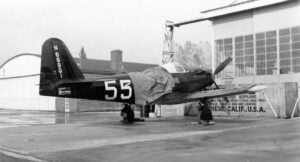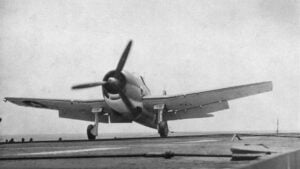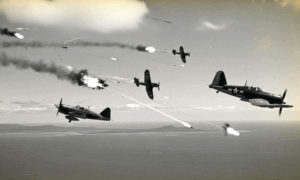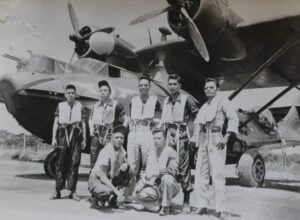5 of the Bloodiest Days of World War II
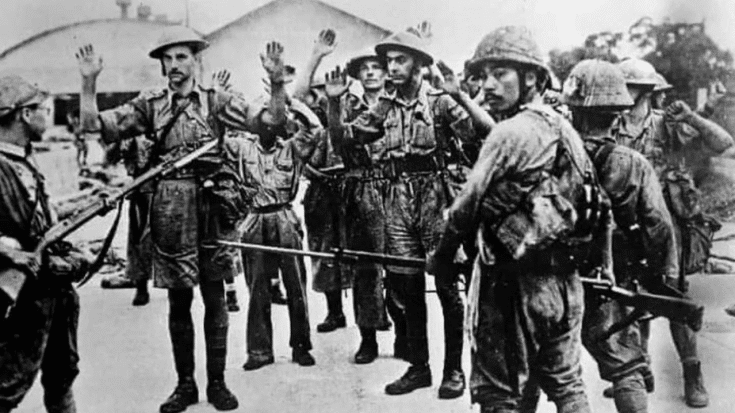
AI reader / YouTube
World War II was one of the deadliest conflicts in human history, marked by battles that resulted in staggering loss of life. Certain days stand out for their scale of violence and death, leaving a significant impact on the course of the war. Here are five of the bloodiest days of World War II, where the sheer number of lives lost is a stark reminder of the horrors of the global conflict.
5: The Invasion of Poland
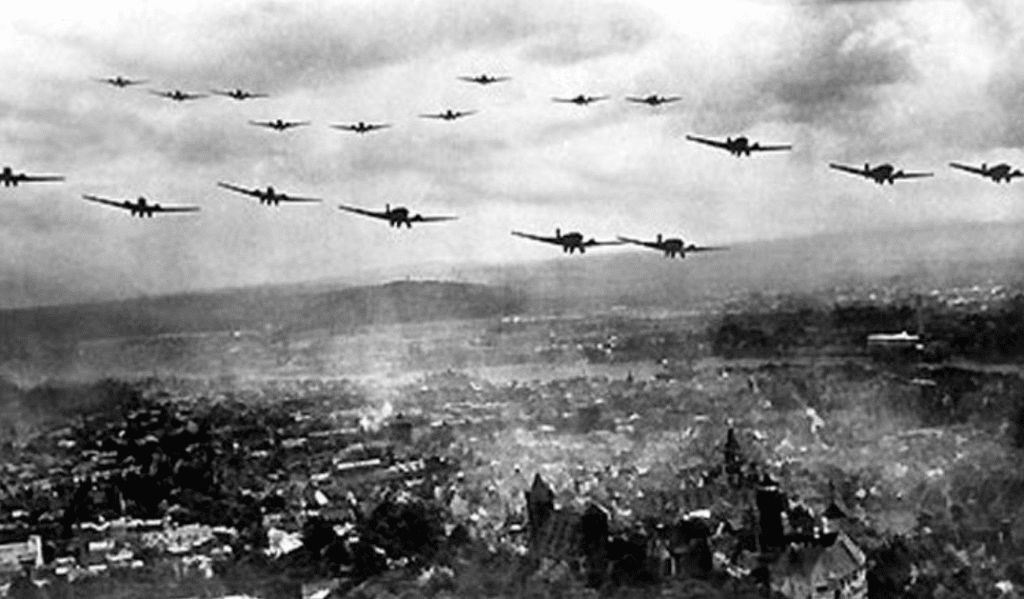
The invasion of Poland on September 1, 1939, marked the official beginning of World War II. German forces launched a massive assault on Poland, attacking from the west while Soviet troops moved in from the east under a secret agreement between the two nations. The Polish forces were caught between two powerful armies, with little hope of outside help. Britain and France had promised aid, but it never came in time.
Polish soldiers fought bravely, but the German military’s blitzkrieg tactics were overwhelming. Polish forces retreated eastward, only to face Soviet forces waiting for them. The outcome was devastating for Poland. About 65,000 Polish soldiers were killed, and more than 133,000 were wounded. The remaining troops were captured by German or Soviet forces. On the German and Soviet side, around 59,000 soldiers were killed or wounded in the intense fighting. The rapid collapse of Polish defenses and the high number of casualties made this one of the war’s most tragic early battles.
4: Operation Bagration
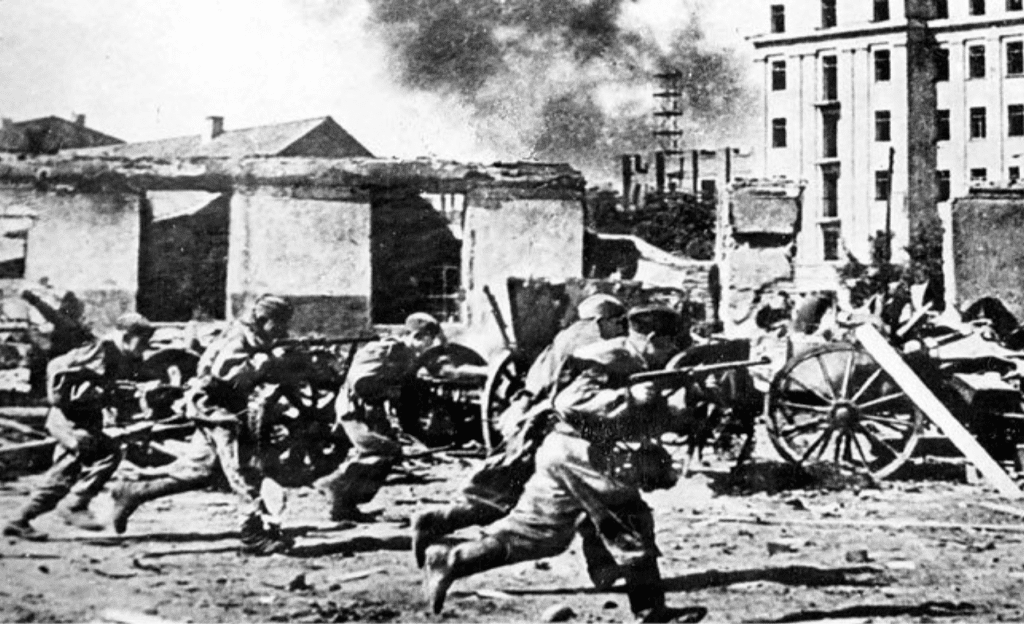
While the Allies stormed the beaches of Normandy on D-Day, June 6, 1944, the Soviet Union was preparing its own massive offensive in the east. Operation Bagration, launched on June 22, 1944, was aimed at pushing German forces out of Soviet territory and advancing into Eastern Europe. It was one of the largest military operations of the war, involving over 2.3 million Soviet troops.
The Soviet forces used a combination of artillery bombardments, air raids, and ground assaults to overwhelm the German defenders in Byelorussia. In just the first three days, five entire German divisions were wiped out, totaling around 28,000 men. By the end of the operation, the Soviet army had destroyed most of Germany’s Fourth Army and decimated the Third Panzer Army. In total, the Germans lost around 350,000 soldiers, including 31 generals, making it one of their most devastating defeats. The Soviets also paid a heavy price, with over 765,000 casualties in their efforts to liberate their homeland and push the front toward Poland.
3: The Battle for Iwo Jima
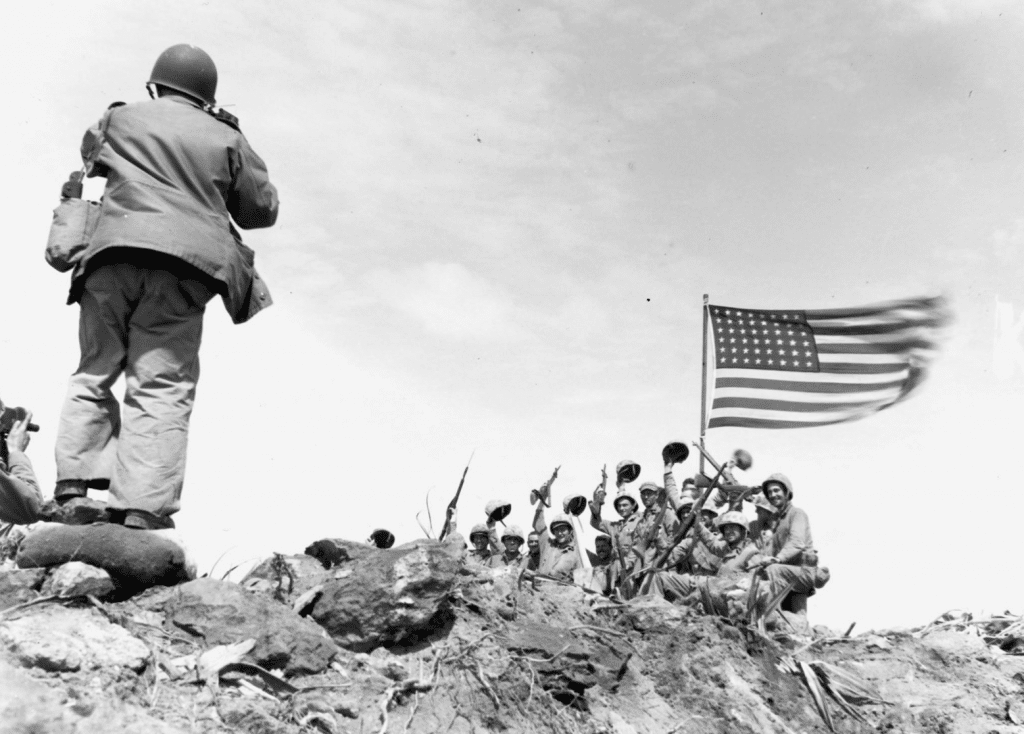
The Battle for Iwo Jima, one of the most famous in the Pacific Theater, began on February 19, 1945. U.S. Marines launched an amphibious assault on the small volcanic island, which had been fortified by Japanese forces. Although months of naval and air bombardment had preceded the invasion, the Japanese defenders were deeply entrenched in a network of tunnels and bunkers that made the island a deadly fortress.
From the moment the Marines landed, they faced fierce resistance. The black sand beaches of Iwo Jima made movement difficult, and the constant barrage of artillery, mortar fire, and machine-gun fire slowed their advance. Despite reaching the top of Mount Suribachi and famously raising the U.S. flag on February 23, the battle for the island raged for another month. Of the 21,000 Japanese soldiers defending the island, almost all fought to the death, with only 216 taken prisoner. U.S. forces suffered heavy losses, with more than 6,800 Marines killed and over 19,000 wounded. The bloodshed on Iwo Jima was a grim testament to the brutal nature of the Pacific War.
2: The Battle of Berlin

By April 1945, the war in Europe was drawing to a close, but the fighting was far from over. The Soviet army, having advanced across Eastern Europe, launched its final assault on Berlin, the heart of the crumbling German regime. The battle began on April 16, 1945, with Soviet forces outnumbering the German defenders by a wide margin. The Germans, however, were determined to fight to the last, even as their situation became increasingly desperate.
Berlin had already been devastated by years of Allied bombing, and the city’s remaining defenders included a mix of soldiers, militia, and even young boys from the Hitler Youth. As the Soviet forces advanced, brutal street fighting ensued, with every building and street contested. By May 2, 1945, the German forces in Berlin had surrendered, but not before an estimated 300,000 German troops and civilians had been killed in the fighting. The Soviet army also suffered immense casualties, with around 80,000 troops killed in the battle for Berlin.
1: The Battle of Singapore
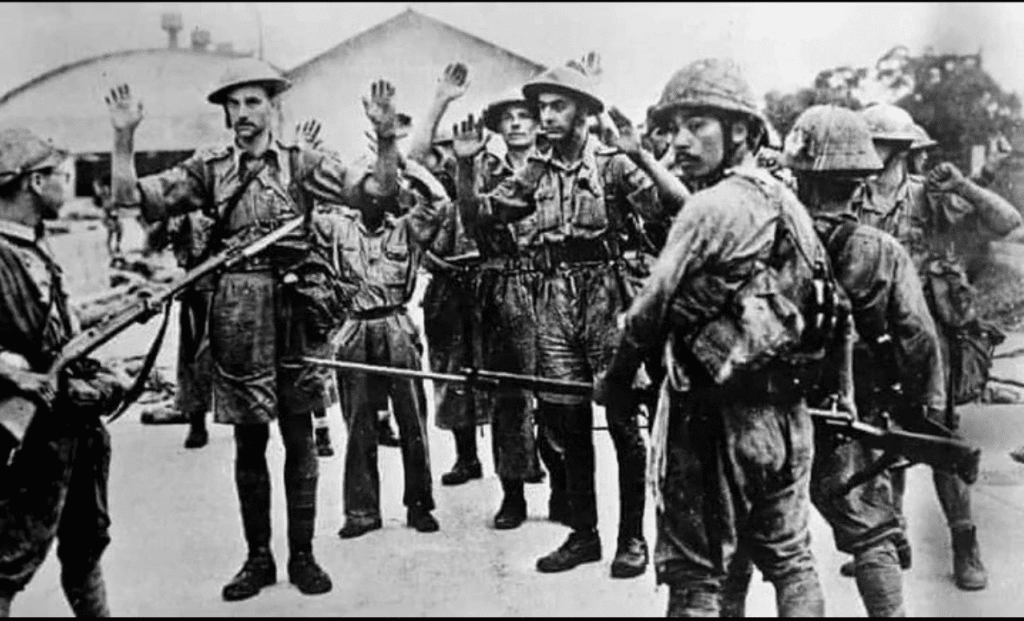
The fall of Singapore in February 1942 was one of the most significant and bloody battles in the Pacific. Singapore was considered a key British stronghold in Southeast Asia, but the Japanese forces launched a surprise attack that quickly overwhelmed the Allied defenders. The Japanese army, though smaller in number, had superior air power and intelligence, allowing them to destroy British naval and air capabilities before even landing on the island.
On February 8, 1942, Japanese forces crossed the narrow straits separating Singapore from the Malay Peninsula. In just one week, they had advanced through the island’s defenses and forced the British to surrender. On February 15, 1942, British Lieutenant General Arthur Percival surrendered to the Japanese commander, making it the largest capitulation in British military history. Over 130,000 Allied troops, including British, Australian, Indian, and Canadian forces, were taken prisoner. Many of these soldiers, along with thousands of local civilians, were subjected to harsh treatment in Japanese prison camps, with a significant number not surviving the ordeal.















